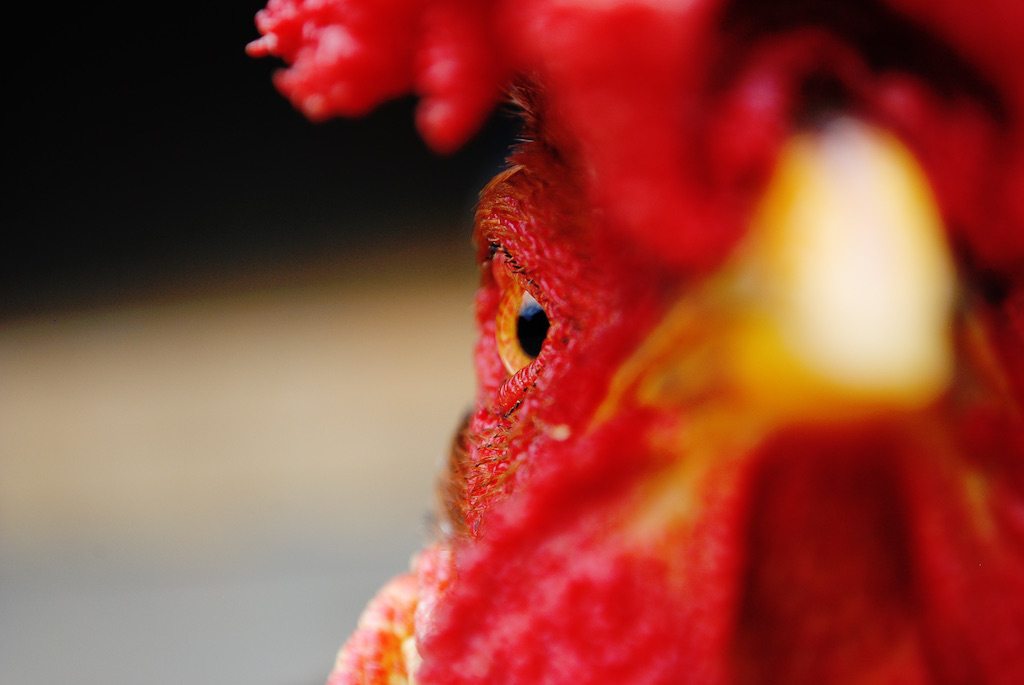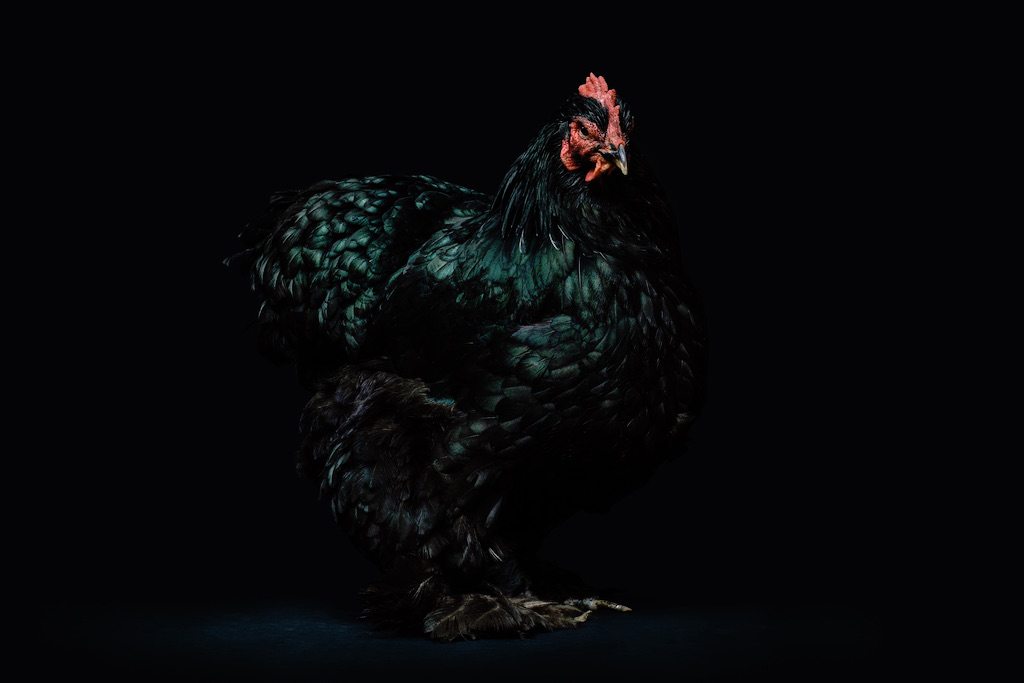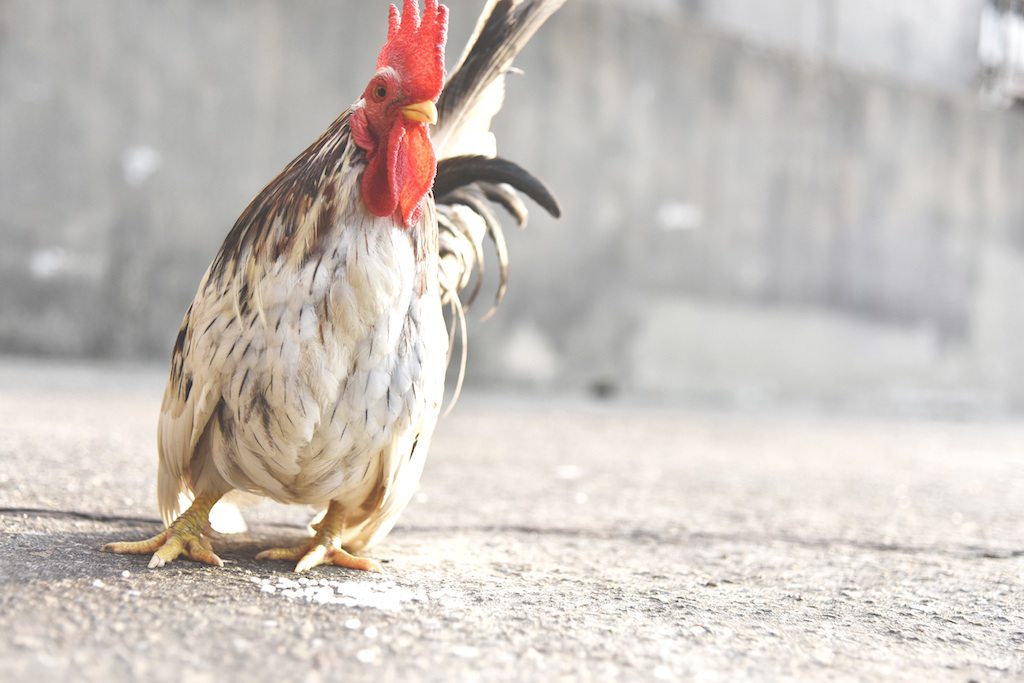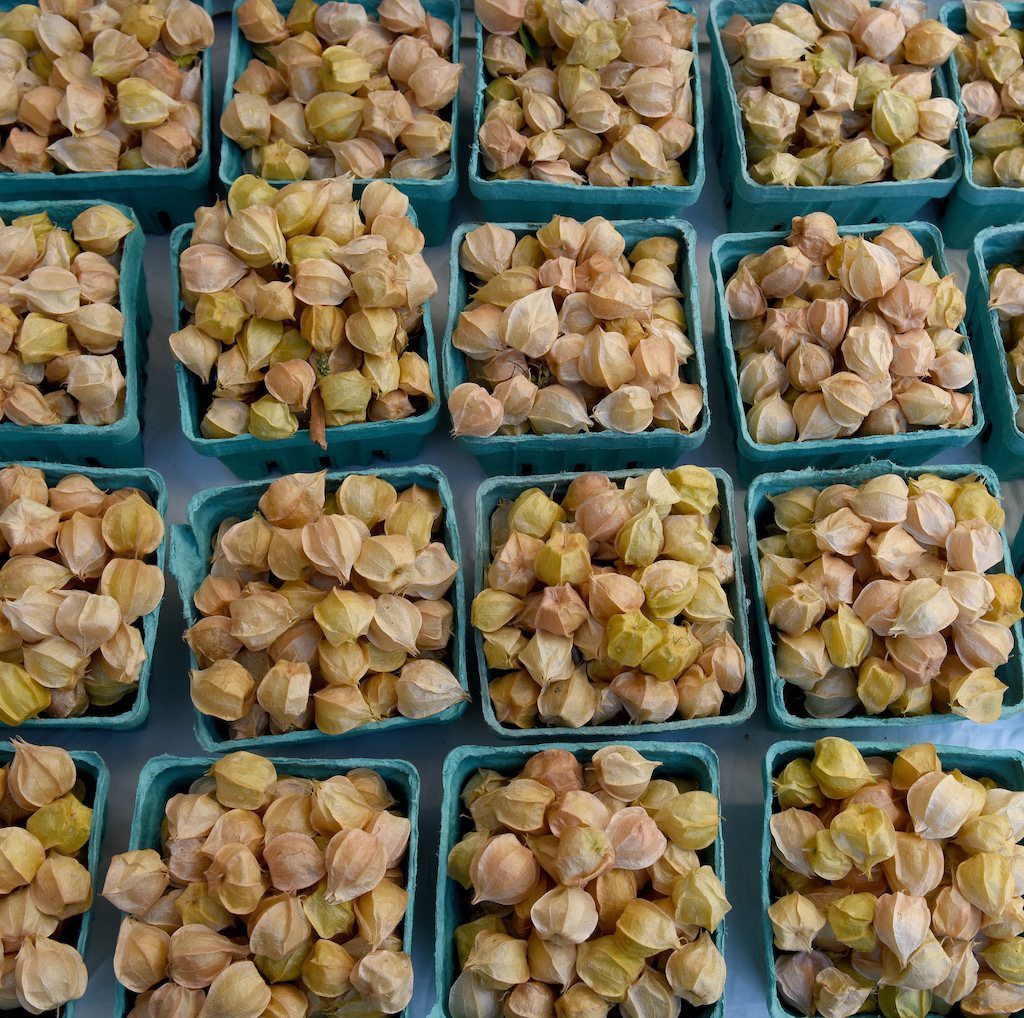Playing chicken. Poultry industry price-fixing allegations have made enough news in recent months that “See the latest on poultry collusion?” is now a question as commonly asked among us in our newsroom as “Would anyone else eat candy if I ran to CVS?” continues to be.
So when we first read the Washington Post and Feedstuffs headlines suggesting that price-fixing allegations had hit the poultry industry, we thought: Ha! bringing up the rear, fellow media outlets? Alas, no, this story is not that story (the one reported in both the New York Times and Wall Street Journal in recent weeks), but rather a new story about the fallibility of a little, ‘ol weekly poultry price calculation that has a big impact on how much we pay for chicken at the grocery store. Once again the news is: we may not have been paying a fair price on poultry for the last couple of years. And this story tells us more about why.
If you missed it the first time, the “Georgia Dock” is a market estimate based on a survey of eight anonymous chicken companies in the state–the average of which sets buying and selling prices for fresh poultry. Those prices are, in turn, often used to determine purchasing contracts between producers and big supermarket chains nationwide. It’s a weekly calculation that affects billions of dollars in purchases. It’s also one that’s compiled by a single director, one Arty G. Schronce–a man who, in an internal memo from the Georgia Department of Agriculture (GDA) that has just been obtained and published by theWashington Post, has expressed serious doubts about its accuracy.
Over the last two years, the estimate has risen as much as 20 percent above other chicken price averages (a lesser-known and less influential index is maintained by USDA), prompting an investigation by the antitrust division of the Florida attorney general. The USDA also stopped publishing the Georgia Dock price when, as an agency spokesperson told the Washington Post, “data from the source report could not be independently verified.”
In the GDA memo, which reads like a how-to in HR workplace conflict documentation, Schronce questions whether the eight chicken companies surveyed by the Georgia Dock have been supplying him with accurate information: “As an example, I do not think I am getting actual weighted average prices from some companies. Streamlining, lack of understanding, etc.”
Schronce goes on to cite staff shortages at the GDA and reporting poultry companies, inadequate training and dismissive, “lackadaisical and rude” behavior on the part of chicken producers as reasons for possible Georgia Dock discrepancies. In the final section of the memo, Schronce suggests as two potential solutions either shutting the index down entirely or transferring it to the Georgia Poultry Federation where it can be independently audited.
One man. Eight poultry producers. Billions of consumer dollars…. Sounds like the trailer for a Thanksgiving blockbuster. Or: just another play date in the perplexing poultry price sandbox.











